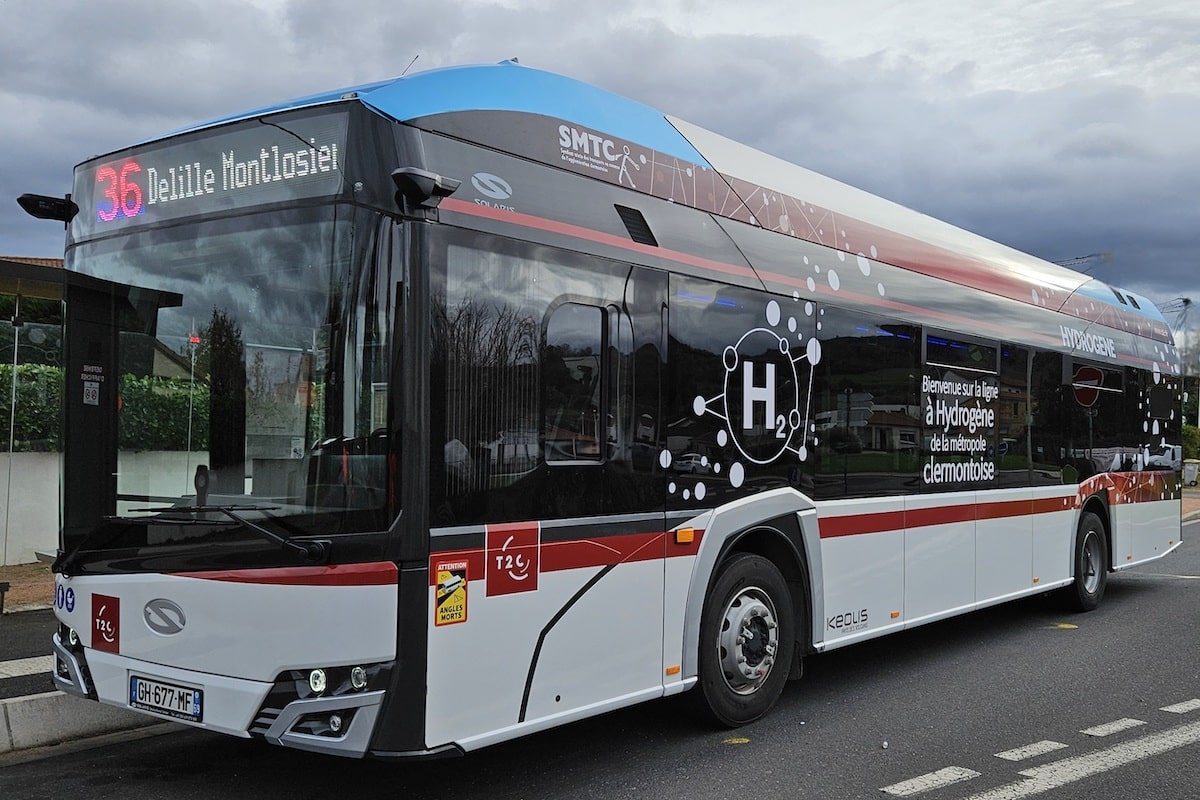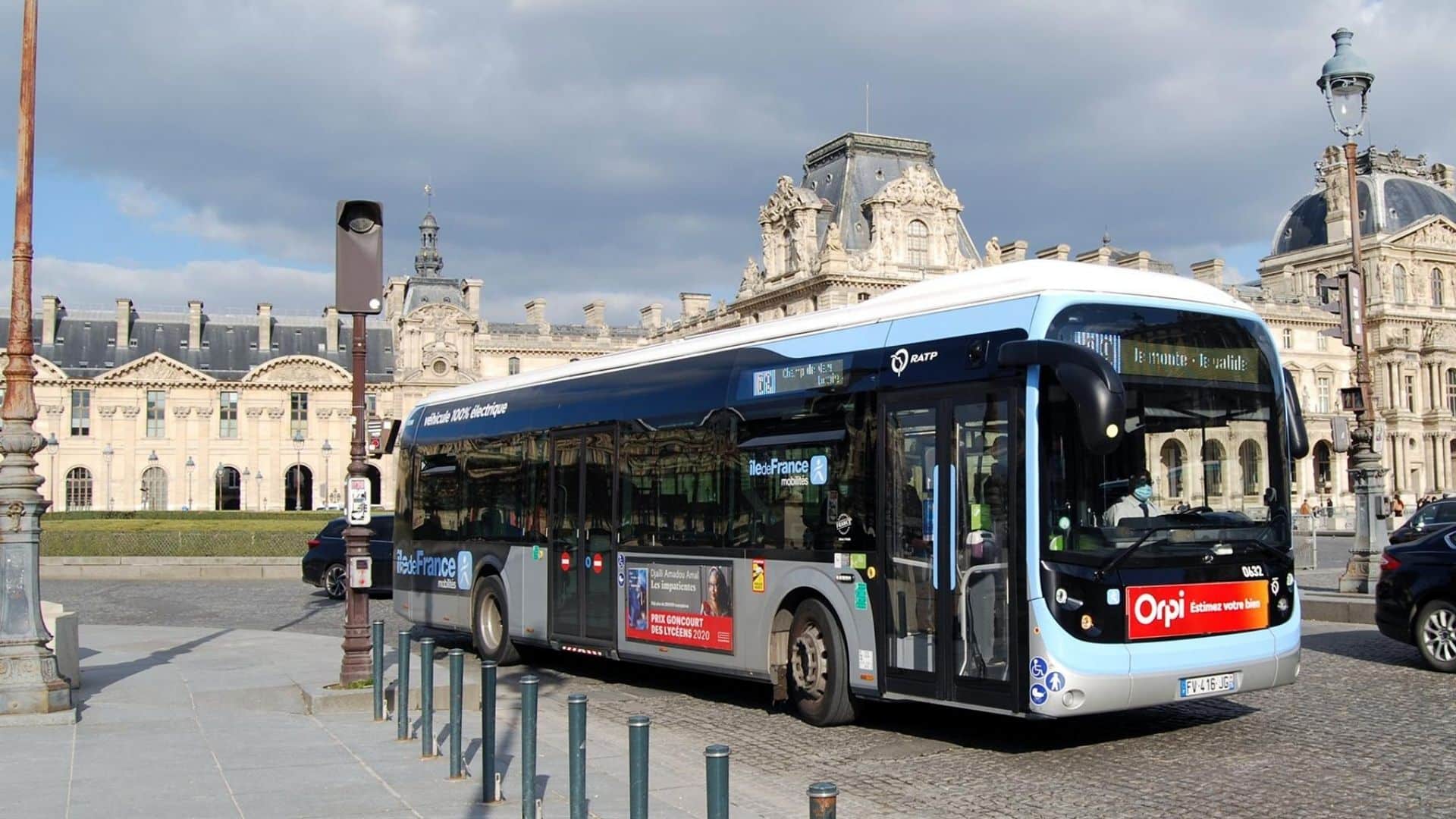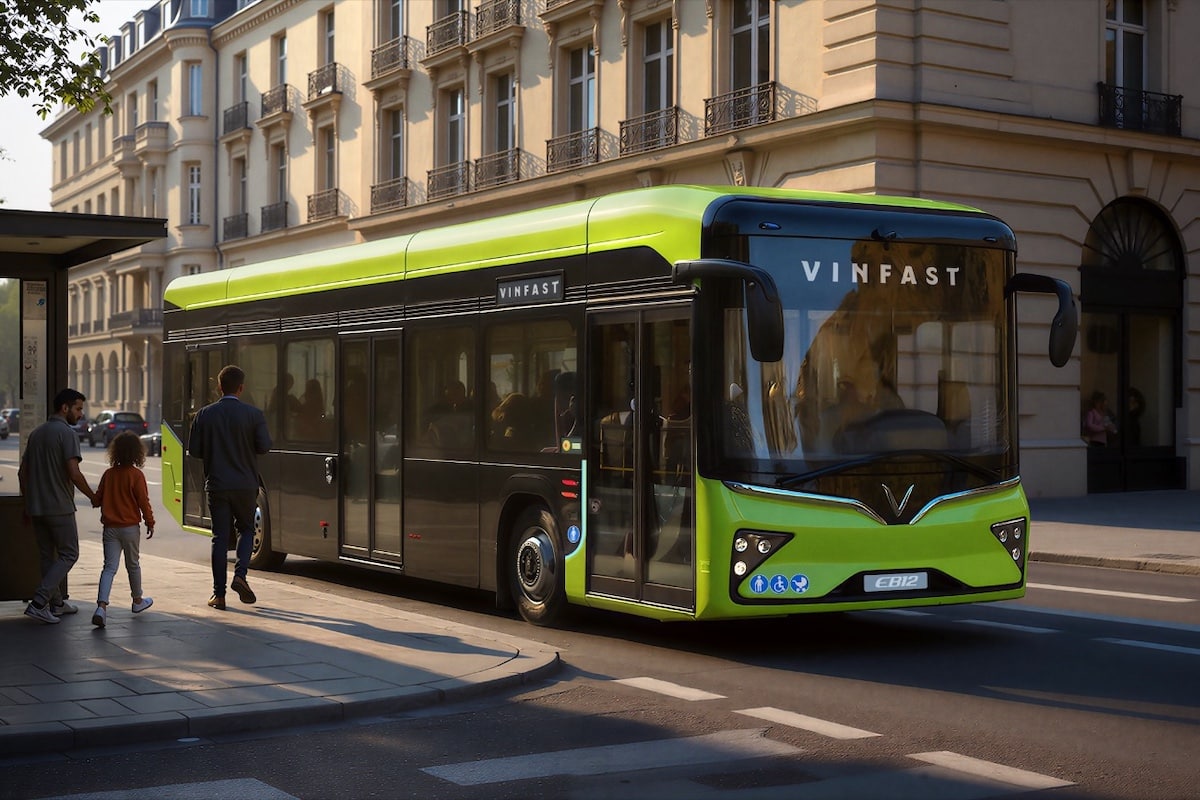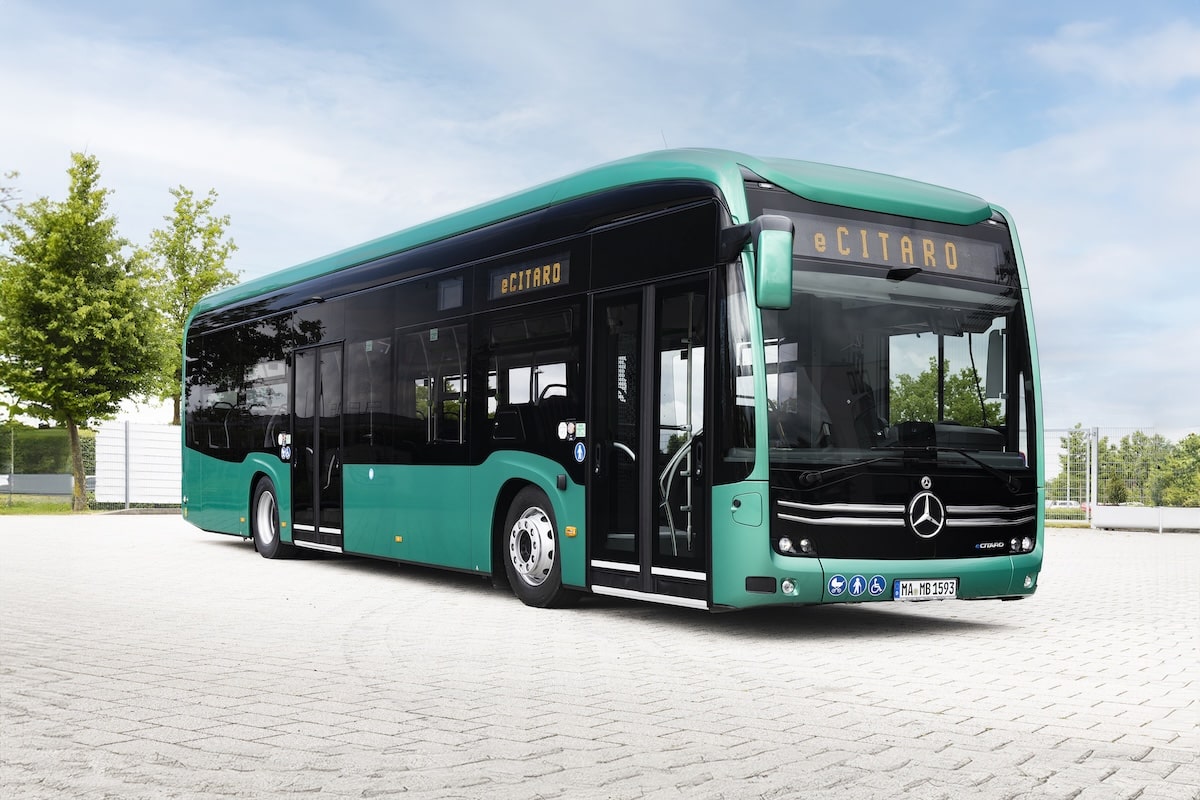Clermont Metropolitan Area Launches a Hydrogen Bus Line

Clermont Auvergne Metropolis and the SMTC-AC, in partnership with Keolis, are launching a hydrogen bus pilot program.
As part of the energy transition, many solutions are emerging to make public transportation cleaner. While hybrid and battery electric buses currently dominate the landscape as replacements for diesel bus fleets, hydrogen buses, like those tested in Auvergne, offer specific advantages.
Since November 2024, the Clermont metropolitan area has launched a pilot program: its first hydrogen-powered bus line, connecting Clermont-Ferrand to Pont-du-Château. This initiative includes “retrofit” buses, transformed with electric motors and fuel cells, as well as a new bus from the SOLARIS brand. Ultimately, this project aims to fully decarbonize lines 35-36, avoiding the emission of 594 tons of CO2 per year.
To power these vehicles, a dedicated infrastructure has been set up, including a hydrogen refueling station capable of producing up to 800 kilograms of renewable hydrogen per day. This project, planned to extend over a decade, aims to evaluate the benefits and challenges of this technology for broader adoption.
Why does hydrogen appeal to public transportation?
Hydrogen buses offer unique advantages over hybrids or battery electric buses:
- Range: They provide a range of 300 to 500 km, greater than that of battery buses (150 to 250 km), making them ideal for long or demanding routes.
- Refueling time: A fill-up takes between 5 and 10 minutes, compared to several hours (and thus overnight) for recharging a battery, minimizing service disruptions and maintenance time.
- Payload capacity: Hydrogen tanks are lighter than batteries, allowing more passengers to be carried.
- Zero local emissions: Like battery vehicles, hydrogen buses emit no CO2 or pollutants during operation.
However, they require specialized hydrogen production and distribution infrastructure, which is still limited and costly to implement. Additionally, their environmental impact heavily depends on the source of the hydrogen (gray, blue, or green).
Complementary solutions, not competing
Battery electric buses remain a preferred choice for short urban routes, thanks to well-developed charging infrastructure. Hybrid buses, on the other hand, increasingly appear as a transitional technology, unable to completely eliminate CO2 emissions. Hydrogen buses thus position themselves as an ideal alternative for long or high-intensity routes.
The Clermont Auvergne Metropolis pilot highlights the potential of hydrogen as a sustainable mobility vector. However, for this technology to become mainstream, major challenges remain: reducing costs, promoting green hydrogen, and developing appropriate infrastructure.
READ ALSO: The city of Casablanca equips itself with 40 ultra-modern buses
This page is translated from the original post "La métropole clermontoise ouvre une ligne de bus à hydrogène" in French.
We also suggestthese articles:
Also read






